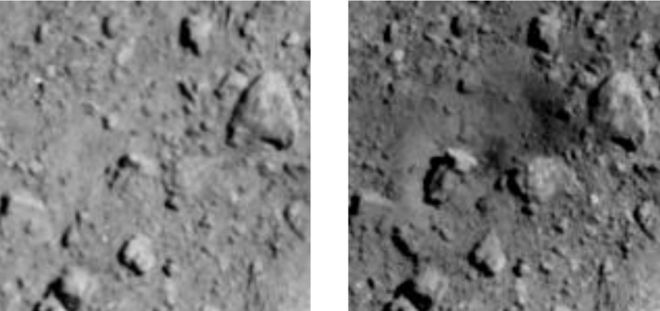GomSpace’s subsidiary in Luxembourg and the
European Space Agency (ESA) have signed a contract of EUR 400.000 for the Phase
A design of the Miniaturised Asteroid Remote Geophysical Observer (M-ARGO)
mission.
Under the contract GomSpace will be in charge of
preliminary design of the mission, spacecraft and implementation planning.
…


